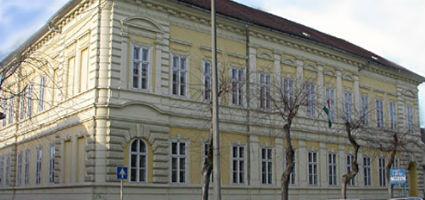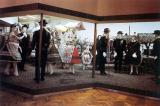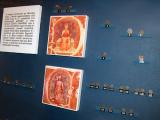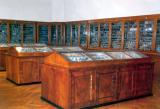2024. November 23. Saturday
Károly Viski Museum - Kalocsa
 |
Address: 6300, Kalocsa Szent István király út 25.
Phone number: (78) 462-351
E-mail: info@viskikarolymuzeum.hu
Opening hours: 01.11-14.03: closed
15.03-14.05 and 16.09-31.10: Tue-Sat 9-17 15.05-15.09: Wed-Sun 9-17 |
The Károly Viski Museum of Kalocsa cares for ten different collection. One of the most valuable parts of the museum is the Mineral collection, exhibited under the title of The Minerals and Life. Another remarkable part is the Coin collection, which was also transferred to the museum from the Jesuit secondary school.



